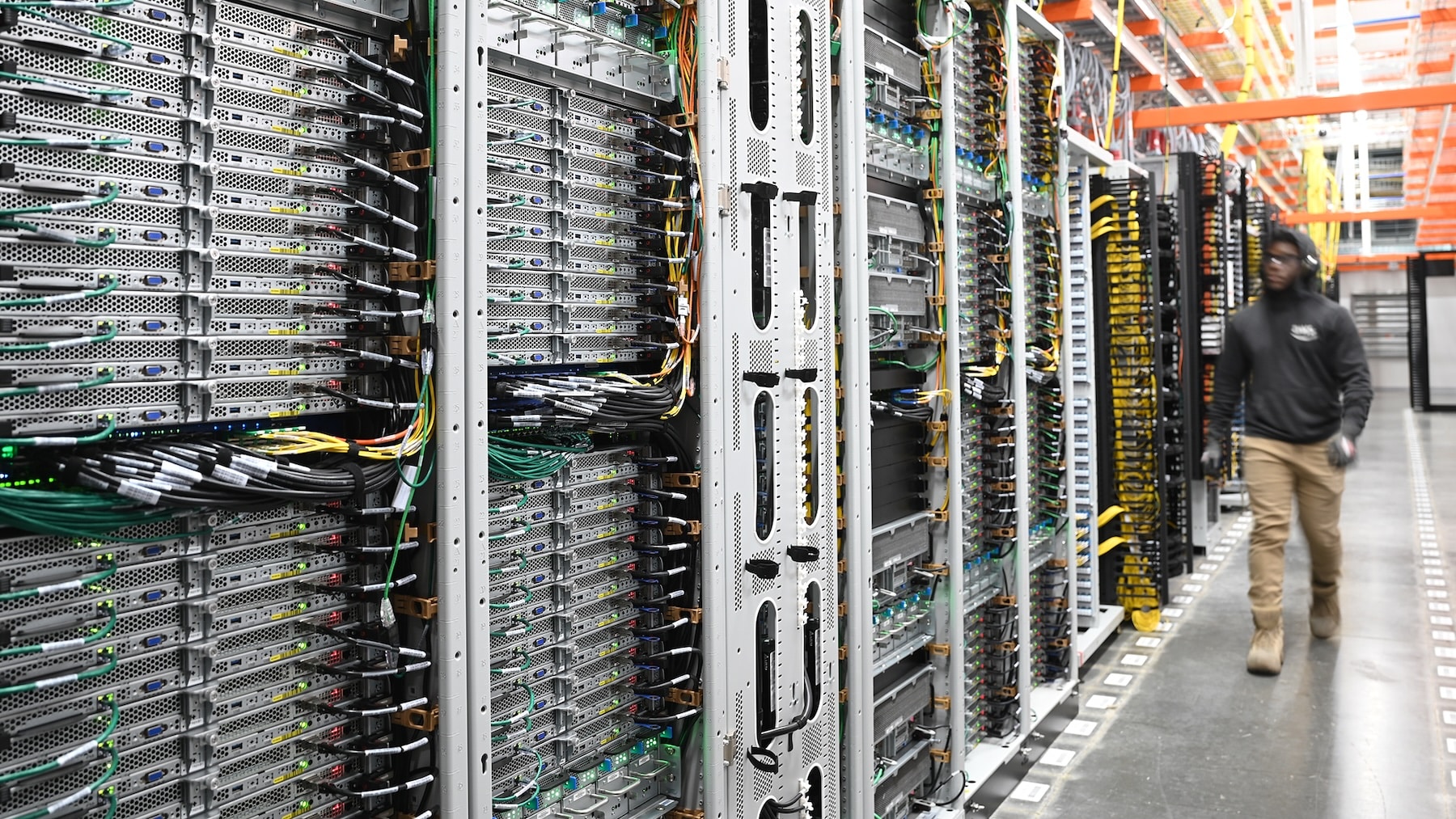The global processing power landscape is undergoing an unprecedented transformation. According to a recent report from Synergy Research Group, hyperscale cloud service providers—such as Amazon Web Services, Microsoft Azure, and Google Cloud—already control 44% of the world’s data center capacity, and this figure is expected to surpass 60% by 2030. In contrast, on-premise data centers currently account for only about 34%, despite a modest uptick driven by the deployment of AI GPU servers.
The report highlights a tectonic shift in how companies manage their digital workloads. While local facilities remain operational, the explosive growth of data centers built and operated by tech giants indicates a clear trend: the future of digital infrastructure is massive, automated, and cloud-based.
By the end of Q1 2025, the number of hyperscale data centers reached 1,189, up from 1,136 the previous year. More than half of these centers’ capacity is housed in facilities owned and operated by the providers themselves. Synergy estimates that by 2030, these operators will control 61% of total capacity, leaving just 22% in traditional enterprise infrastructure. This is a significant shift from 2019, when on-premise centers made up nearly 56%.
“It’s not that on-premise data centers are decreasing in absolute terms,” explains John Dinsdale, chief analyst at Synergy. “They are actually getting a boost thanks to new AI server deployments. But the rapid expansion of hyperscale centers completely outpaces them.”
The rise of AI and generative AI applications has amplified the demand for computational power like never before. These systems require specialized hardware, especially GPUs, prompting massive investments in infrastructure by major cloud providers. In Q1 2025 alone, AWS, Microsoft, and Google Cloud collectively invested over $250 billion in data center expansions, according to Dell’Oro Group.
This rapid growth responds to a strategic need: AI demands not only large processing volumes but also flexible, scalable, and distributed workload-optimized infrastructure.
As hyperscale centers expand, the colocation market—where companies rent space and resources—is also under pressure. A CBRE report revealed that occupancy rates hit record lows in key U.S. regions during the first quarter, leading to rental price increases of up to 15%.
This rising cost, combined with data privacy challenges and the growing complexity of managing private infrastructure, is motivating many companies to shift strategies toward hybrid models or cloud adoption.
Despite concerns about costs and digital sovereignty, reliance on cloud services continues to grow. In 2012, companies spent 12 times more on hardware and software for their own data centers than on cloud services. Today, that ratio has flipped: they spend three times more on cloud than on their internal infrastructures.
This strategic shift not only reflects technological change but also marks a deep transformation in corporate mindset. Organizations are prioritizing agility, scalability, and immediate access to AI capabilities—features that only hyperscale data centers can currently provide.
While the phenomenon is global, Synergy’s report clarifies that hyperscale center penetration varies regionally. In the U.S., their presence is more pronounced than in Europe or Asia-Pacific. Nonetheless, all regions are expected to see double-digit annual growth in total data center capacity, with hyperscale portions increasing by at least 20% each year through 2030.
The movement of computational capacity toward the cloud giants raises important questions about future control of technology, resilience of critical infrastructure, and data sovereignty. As AI and emerging technologies push boundaries, companies will have to balance efficiency, security, and autonomy.
What is clear is that the world’s technological infrastructure is changing hands. Although this shift may seem subtle for many, it will reshape the digital economy over the coming decades.

